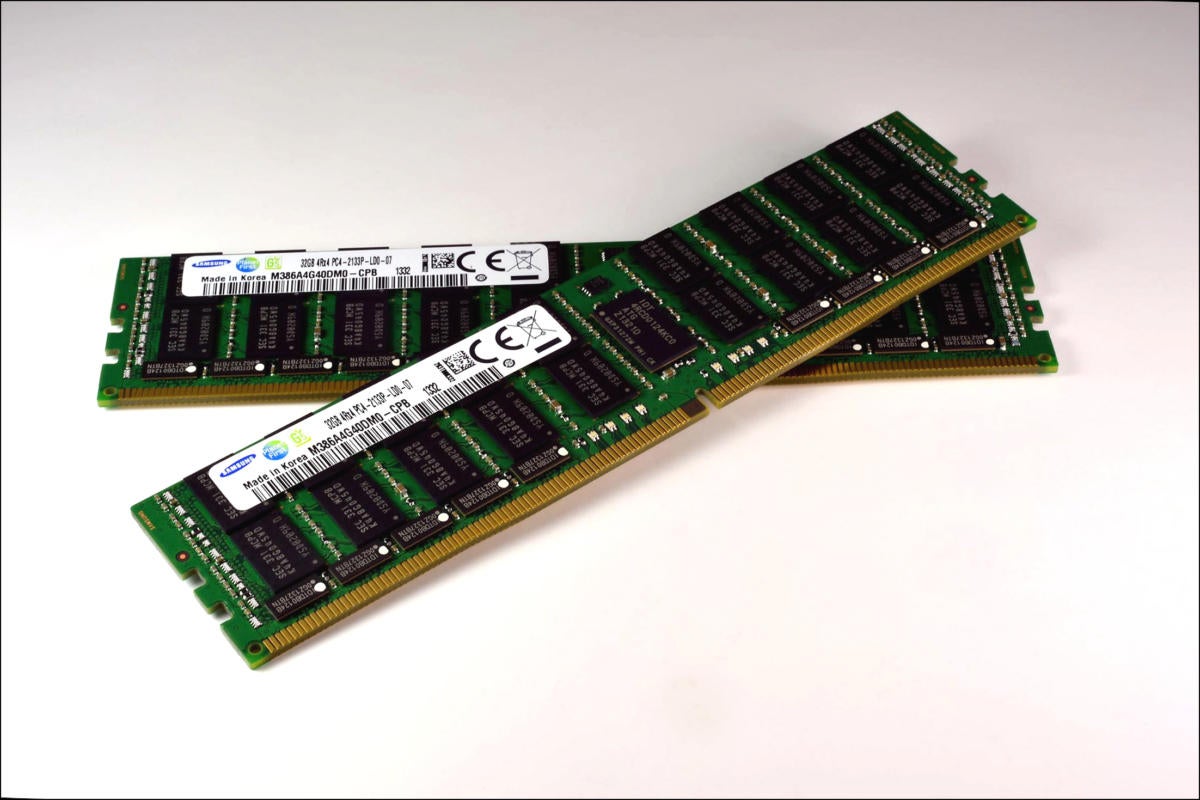DRAM (Dynamic Random Access Memory) is a type of computer memory used for temporary storage or “working memory” of data a computer is currently working with. It stores information as electrical charge on tiny capacitors on a memory chip. Unlike other types of memory, DRAM needs to be continually refreshed in order to hold on to the data, otherwise it will be erased.
DRAM is commonly used as the main memory for a computer and is found in both desktop and laptop PCs, as well as embedded devices such as mobile phones and tablets. It is accessed by the processor at high speeds through a special bus system, allowing the processor to quickly store and retrieve large amounts of data.
DRAM is considered volatile, meaning that it will lose the data stored within it when the power is turned off. It is also relatively slow compared to other types of memory, such as static RAM (SRAM).
DRAM is often divided into two different types: SDRAM (Synchronous DRAM) and DDR DRAM (Double Data Rate DRAM). SDRAM is able to read and write two words of data at a time, while DDR DRAM is able to read and write four words of data.
There are several varieties of DRAM, each with its own advantages and disadvantages. Some of the most popular types include SDRAM, DDR, GDDR, EDO, and FPM. These types are also identified by the speed they can process the data (measured in MHz).
A modern computer typically contains multiple DRAM modules, with varying sizes and speeds for different tasks. DRAMs are typically rated in terms of their storage capabilities (in gigabytes or megabytes) as well as their processing speed (in MHz).





